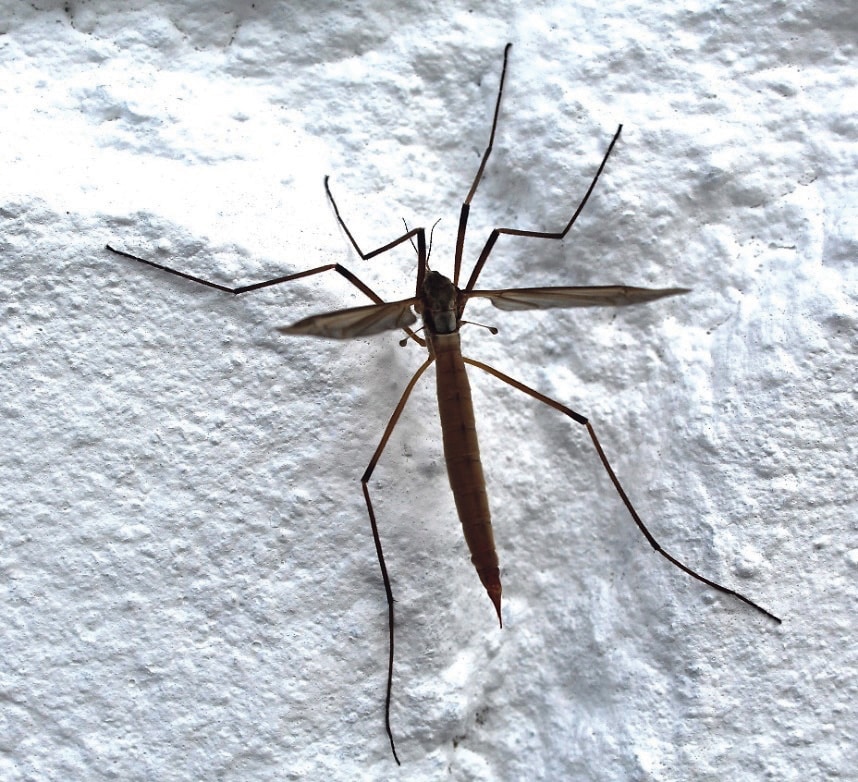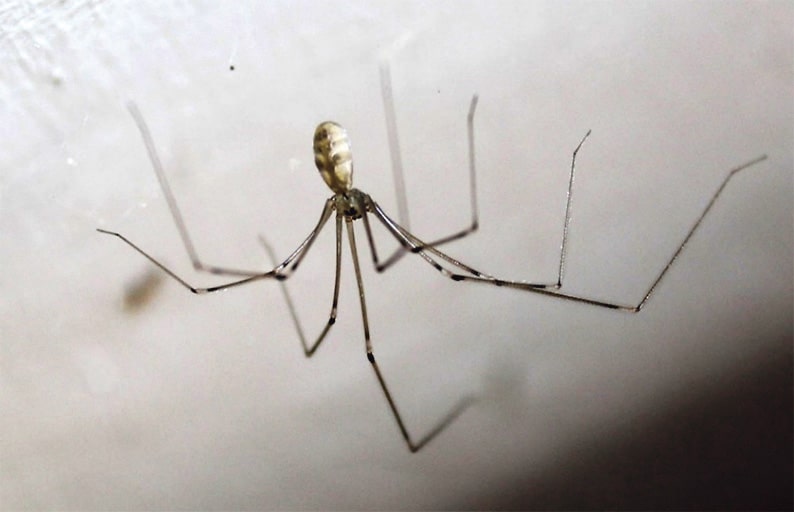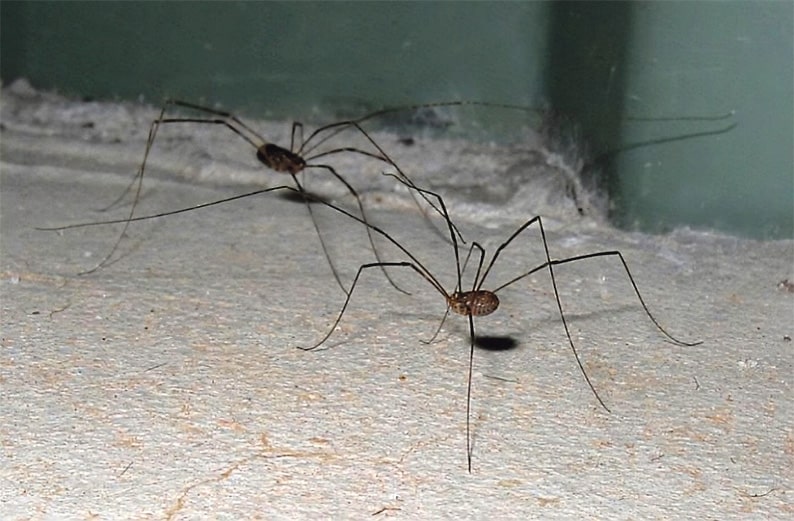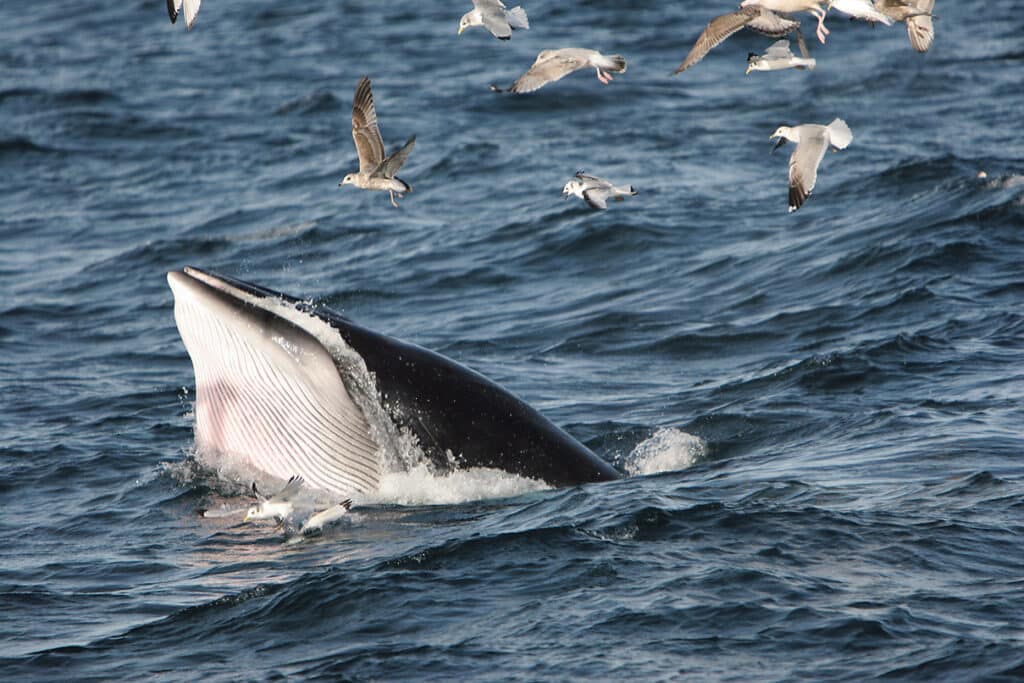


Animals often have misleading names: a white rhinoceros isn’t white, a black kite isn’t black. The common gull isn’t particularly common and the bald eagle certainly isn’t bald. A bream can be either a freshwater fish in the carp family or a member of two different families of sea fish; (in southern Africa, it is a freshwater fish in a different family again). ‘Prawn’ and ‘shrimp’ can refer to a bewildering variety of crustaceans – the animals that fishermen here call prawns are actually members of the lobster family, while our shrimps are considered prawns elsewhere. Many insects called flies are not flies, and the word ‘worm’ is given to hundreds of totally unrelated creatures.
To make sense of all this, biologists use the classification system devised by the great eighteenth century Swedish scientist Carl Linnaeus, who placed all animals and plants into categories, from kingdom to species, giving each a two-part name derived from Latin or Greek. This system also ensures that no matter what language is being spoken, there can be no confusion about a particular organism – for example, the Dublin Bay prawn might be called langoustine in France, scampi in Italy, and havskräfta in Sweden, but to a zoologist, anywhere in the world, it is Nephrops norvegicus.
Scientific names, however, are rather intimidating to the uninitiated, and as most invertebrates have few if any English names, to the general public, the vast majority of small animals, if they are noticed at all, are just ‘bugs’ or ‘creepy crawlies’, or have names that are too imprecise to be useful. One such name causes particular confusion – daddy long legs. It is descriptive, but unhelpful, as it refers to three different long-legged arthropods (animals with exoskeletons and jointed limbs) about as closely related to each other as a frog is to a mouse or a cat.
One animal that we call a daddy long legs was especially plentiful this past September – the crane fly. This is an insect – it has wings and six legs. It is a true fly, a member of the order Diptera, meaning ‘two winged’. Most insects have two pairs of wings, but flies use only the front pair for flying. The rear wings are modified into tiny structures called halteres, which are like gyroscopes – they give the fly information about its orientation so it can quickly adjust its position, as anyone will know who has tried to catch one. Diptera is a vast order of insects, containing about 125,000 described species (and possibly a million altogether). It includes houseflies, horseflies, hoverflies (which people confuse with bees or wasps), gnats, mosquitoes, and those big, clumsy crane flies.
There are over 15,000 species of crane flies in four different families; in Ireland we have 205 species. The most familiar belong to the family Tipulidae. The sexes are easy to distinguish – the male has a blunt, knobby end to his abdomen, while the female has a long, pointed tail. They are attracted to lights, so they often find their way into your house and then spend the rest of the night trying to get out. Being so big and having such long legs, they are easy to catch and release – they will not harm you, so don’t scream, and don’t swat them – let them out so they can complete their life cycle, or supply supper for a bird or a bat.
Adult crane flies don’t live long – sometimes just a week or so – and if they feed at all, it is on nectar. But the larvae, called leatherjackets, live for several months in the soil and eat the underground parts of many plants, so gardeners don’t like them.
The other animals that are called daddy long legs are both arachnids. This class of arthropods includes spiders, harvestmen, scorpions, mites and ticks, as well as several scarier creatures that live mostly in the tropics. Unlike insects, arachnids all have eight legs and no wings.
The spider order, Araneae, contains about 50,000 species in many families. I have a spider book which has in its introduction the sentence (chilling to an arachnophobe): “Unless you live in polar regions, there is at least one, probably more, not very far from you right now.”
Spiders belonging to the family Pholcidae are known as daddy long legs spiders. The common one found in Ireland is Pholcus phalangioides, the long-bodied cellar spider or skull spider (from the slightly skull-shaped pattern on its back). Pholcids have several other names – I like vibrating spider best, as it refers to their habit of spinning madly when disturbed, their way of confusing predators.
I am fond of pholcids. They appear so awkward – if you knock one out of its web by mistake, it seems to have a job controlling all its long legs while lurching away to safety. There are many living in my little cottage, partly because I don’t much like dusting, but also I feel that it is now their home, and to throw them outside into the cold would probably prove fatal. I did hope that my spiders would catch any flies that come buzzing in, but unfortunately, pholcids eat mostly woodlice and other spiders.
Pholcus phalangioides is an alien species; it has a worldwide distribution now, associated with humans, but probably came originally from Asia. It prefers warm places, which is why it likes to live in houses, but it usually hides away in cellars, cupboards and dark corners.
Pholcids have eight eyes, and, like all spiders, their bodies are divided into two parts – the cephalothorax and the abdomen. They have venom glands, and their fangs are strong enough to penetrate our skin, but they are not aggressive and the venom is weak, so they are no danger to us. Leave them alone and they will ensure you don’t have so many less pleasant eight-legged visitors this autumn.
The last group of animals that are also called daddy long legs are the harvestmen, of the order Opiliones. There are about 7,000 species, but only nineteen recorded in Ireland. They get their other common name from an old English superstition that killing one would lead to a bad harvest. They are not a well-studied group, and individual species are difficult to identify; to most people, they are just especially skinny and rather silly-looking spiders. But they are not closely related to spiders (it is thought that they are closer to the mites and ticks), and they differ in several ways.
Firstly, they have round bodies that appear to be made of just one part, and they have only a single pair of eyes. They have no silk glands, so they can’t build webs, and contrary to popular belief, they have no venom glands, so they are totally harmless. They can, however, produce an unpleasant-smelling liquid to deter any predator; if that doesn’t work, they can shed legs in the same way that some lizards cast off their tails.
Harvestmen are nocturnal, and they prey on a wide variety of small animals, many of which are pests, such as aphids, caterpillars, beetle larvae and mites, so they should be welcomed in the garden. They are highly susceptible to insecticides, so please stop using chemicals and let the harvestmen (and other helpful animals like ladybirds and parasitic wasps) do the work instead.
Daddy long legs is a name for children to use, though I can’t see why they shouldn’t be taught scientific names from an early age – children love dinosaurs (or at least they did before their minds were deranged by smart phones and idiotic computer games) and have no problem pronouncing the likes of Brontosaurus and Tyrannosaurus rex. So, instead of daddy long legs, call these three different groups of animals craneflies, vibrating spiders and harvestmen, or better still, tipulids, pholcids and opiliones. And now that you know exactly what they are, you might be less tempted to suck them up the vacuum cleaner or squash them underfoot!



